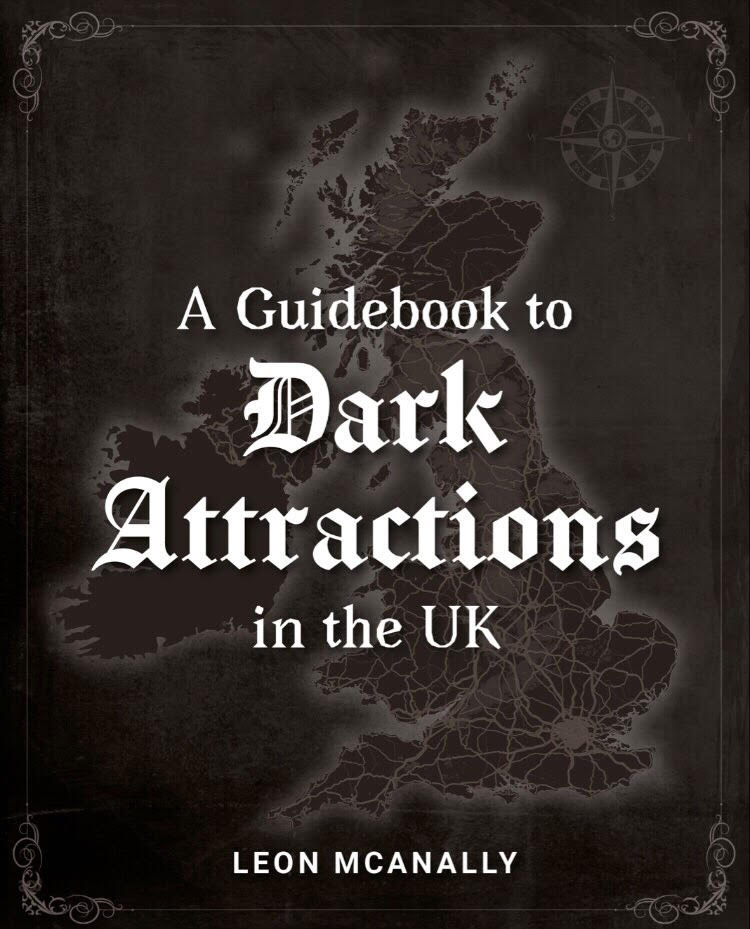While the term Dark Tourism may be becoming more well-known through mainstream media by Netflix documentaries such as Dark Tourist and Turning Point: 9/11 and the War on Terror as people wishing to immerse themselves in the events that have led to tragedy.
When people first think of dark tourism and attractions linked to death, suffering and tragedy it’s predominantly places such as the Paris Catacombs and concentration camps like Auschwitz that are first associated with the term. However, within Britain there is a long tradition of dark tourism that has actively taken place ranging from those who have participated in religious pilgrimages to see the likes of relics of St Cuthbert to public executions and faithful manmade and natural disasters such as the Great Fire of London 1666 and the Lynmouth Flood.
The term dark tourism has been adapted by attractions to market a darker chapter of their history, however there are many more attractions that are linked to death, suffering and tragedy within the UK that aren’t necessarily first thought of when we think of dark tourism.
Leon McAnally due to publish his book: ‘A Guide to Dark Attractions in the UK,’ wants to give those interested in dark tourism a book that allows them to seek out more places that are linked to death, suffering and tragedy within Britain that has led to an attraction to suffer a dark chapter of history.
While there are many popular attractions like Shrewsbury Prison and the Tower of London, there are many other attractions that are overlooked by tourists such as execution devices like the Halifax Gibbet and the Tomb of the Unknown London Girl. It is also the way in which an attraction has been perceived such as the Colchester Castle that is known for once being a Norman royal fortress but within its time it also held over 200 witches awaiting trial, that ultimately lead to their execution.
Alongside his book covering iconic landmarks such as prisons, castles and cemeteries his book also tells the story of personal graves and tombs, nuclear bunkers, execution devices, memorials and many more. The book will not just take you back to the First and Second World War that faithfully cost so many lives and that are remembered through monuments, but also take the reader back to the Roman period, the Medieval period and the Victorian era when there was a period of Egyptomania in the way we remember the dead. His book will also look at disasters that have taken place in the 21st century like the 7/7 London bombs and how we come to remember those tragically caught up in such calamities.
Leon McAnally wants to motivate readers to explore and seek out more attractions linked to death and to learn about the tragic events and history that are associated with each place, by giving a guidebook of dark attractions within Britain. With his book covering over 300 places within Britain, he aims to fascinate others enough by sharing with them more about Britain's dark heritage. His hope is that the reader will share these attractions with friends and family, or those on holiday speak to others about our country’s varied attractions. What better way to capture the mind of someone else than telling them of a tragic disaster!
You can connect with Leon McAnally on Facebook and Instagram






















